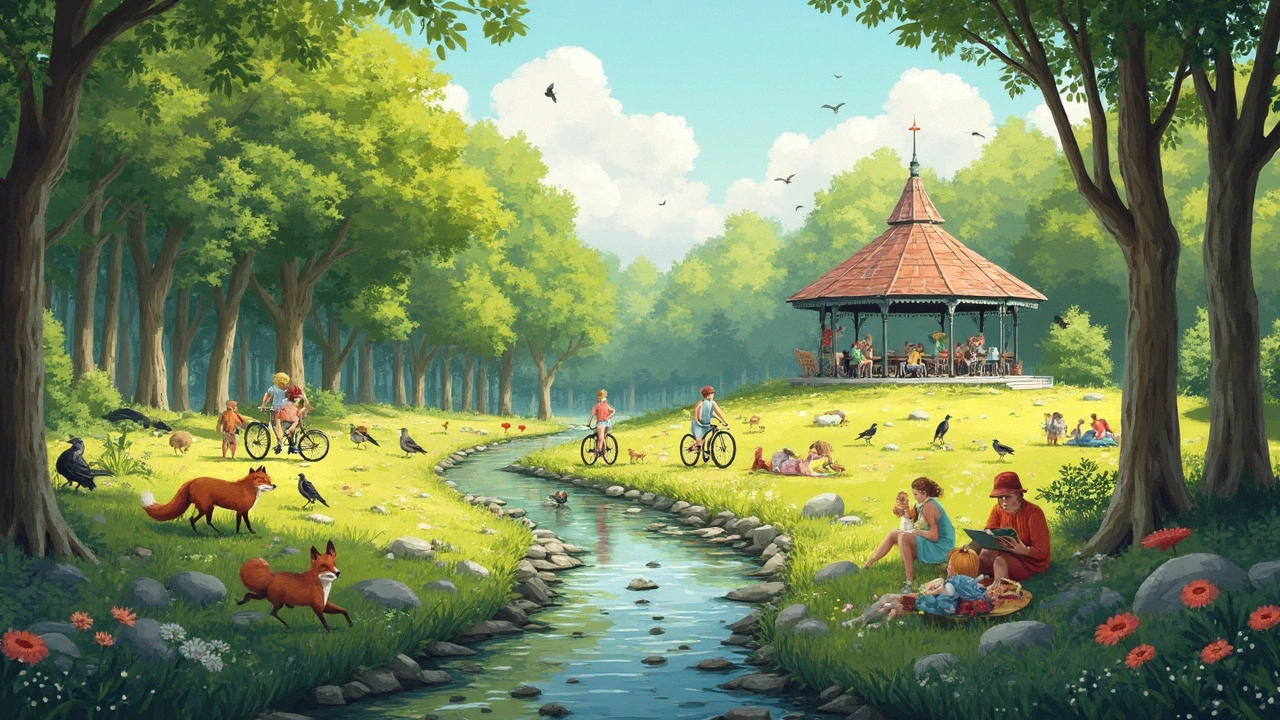Biotic: What It Means and Why It Matters
Ever heard the word "biotic" and wondered what it really means? It’s just a fancy way of talking about anything that’s alive – plants, animals, microbes, even us. When you hear "biotic factors" in a science class, think of the living pieces that shape an environment.
Understanding biotic stuff helps you see why a park feels fresh, why a garden grows, or why a local river supports fish. It’s not just academic – it’s the same stuff that affects your daily walk, the food you eat, and the air you breathe.
What Does Biotic Include?
Biotic covers three main groups:
- Plants – trees, grasses, crops – the green factories that turn sunlight into food.
- Animals – everything from insects buzzing around to larger mammals. They spread seeds, pollinate, and keep ecosystems balanced.
- Microorganisms – bacteria, fungi, algae. They break down waste, enrich soil, and even help us digest food.
All these pieces interact. For example, bees (animals) pollinate flowers (plants), which produce fruit that birds (animals) eat, spreading the seeds far and wide. Meanwhile, soil microbes decompose dead leaves, turning them into nutrients for new growth.
How Biotic Concepts Connect to Everyday Life
Seeing biotic in action is easier than you think. Your garden’s health depends on the right mix of soil microbes and pollinators. A backyard compost bin uses microbes to turn waste into rich soil. Even the air you breathe is cleaner when trees (plants) absorb carbon dioxide.
Here are three simple ways to boost biotic health around you:
- Plant native species – they’re already adapted to local bugs and microbes, so they thrive with less work.
- Leave a corner wild – a small patch of untended land invites insects, birds, and fungi that support a larger food web.
- Use compost – adding compost introduces beneficial microbes that improve soil structure and plant growth.
When you take these steps, you’re not just gardening – you’re nurturing a living community that feeds back into your own wellbeing.
Remember, biotic isn’t a distant scientific term. It’s the living network that surrounds you right now. A bit of awareness and a few easy actions can make that network stronger, healthier, and more enjoyable for everyone.

Environment Categories: The Core Three Explained
Not every part of the environment fits neatly into one box, but experts usually split it into three main categories: biotic, abiotic, and cultural. This article lays out what each group is, why they matter, and how they shape real-world environmental decisions. You'll get specific examples and tips to understand and spot these groups in daily life. Plus, we'll dig into how knowing these categories can help you get more involved in local green projects and make smarter choices at home.